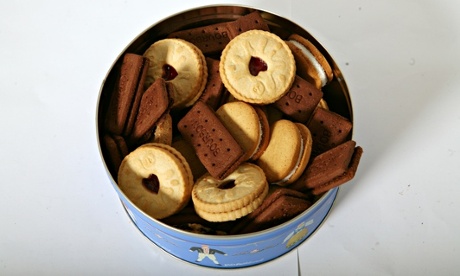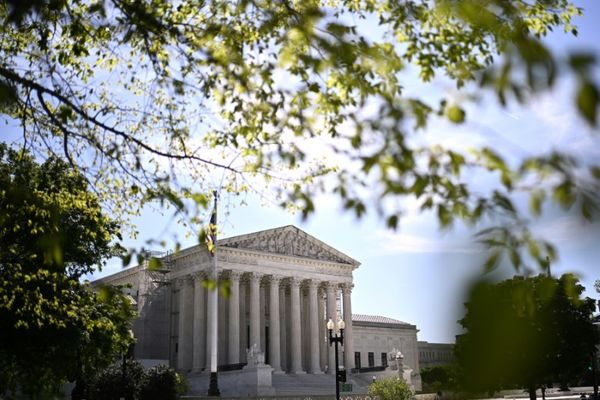
Three years ago, as riots swept across England, one of our studies became the target of some bizarre science reporting. “Brain chemical lack spurs rioting, say scientists”, claimed one journalist. “Nose spray to stop drunks and brawls” declared a tabloid. What we actually found was more prosaic: the concentration of a naturally occurring brain chemical called GABA was associated with impulsivity in a group of adult men. No mention of riots. No mention of nasal sprays. Unfortunately, we made the novice mistake of issuing the press release about our research during the riots, prompting a media circus.
Our experience spurred us to start a discussion about the state of British science reporting, and naturally we joined battle in defence of our own tribe, the scientists. This took us all the way to a debate at the Royal Institution, which raised an intriguing question. Given the rising competition between universities for media impact, was it possible that at least some misreporting originated within academia? To what extent were scientists publishing hype – deliberately or inadvertently – in their own public relations material?
Only research could answer this question, so we decided to embark on a project that at the time seemed mammoth but irresistible. Over the next year we collected all press releases about health-related science in 2011 issued by 20 major UK universities, together with the peer-reviewed scientific journals from which they originated and the printed news stories that followed. We then asked to what extent exaggerated statements in the news stories (relative to statements in peer-reviewed journals) were already present in each press release. For example, if the journal article reported a correlation between eating biscuits and cancer risk, and the news story claimed that biscuits cause cancer, what did the press release say? Similarly, if a news story claimed a new treatment for humans but the actual study was on mice, what did the press release say?
The results, published today in the BMJ, are alarming, but not in the way we had initially anticipated. Hype invented in news, as we had experienced, was relatively uncommon. Instead, in most cases when news stories made claims beyond those made in the peer-reviewed journal article, such exaggeration was already present in the university press release. What’s more, exaggerated press releases weren’t statistically associated with greater news coverage, challenging the received wisdom that hype generates impact.
Because it was retrospective, our study can’t prove that exaggeration in press releases causes exaggeration in the news, or that exaggeration has no impact on coverage when all else is equal. To dig deeper we need to move beyond observational research and conduct an experiment. With funding from the Economic and Social Research Council we are now preparing to conduct a randomised trial on how different styles of press releases, and variants in specific phrasing, influence the accuracy and quantity of science news. To do this we’re partnering with press offices around the UK.
Pressures applied at different points in the news cycle can make science reporting go wrong. Many people rush to blame journalists, just as we did. But our research suggests that behind many misleading news reports is a misleading press release, normally part-written, or at least approved, by the scientists themselves. This makes academics responsible for their own press releases, and they must be held accountable, as Ben Goldacre points out today in an editorial for the BMJ about our research.
This doesn’t let journalists off the hook. After all, what is the job of a journalist if not to investigate and critique hyped claims? Still, we have no choice but to accept the sombre reality that many journalists who report science don’t have time to conduct investigations or challenge the content of press releases. Competition between universities and the drive toward self-promotion have combined with economic pressures on journalism to create an unhealthy ecosystem.
Accurate science journalism isn’t sufficient to improve the public understanding of science. On the other hand, nobody can reasonably claim that accuracy isn’t a vital starting point. We hope that working out ways to improve press releases will trigger a boost in the accuracy of science news.
If you work in a UK press office and would like to join our randomised trial then please contact us. We would be glad to hear from you.
Chris Chambers, Petroc Sumner, Jacky Boivin, Solveiga Vivian-Griffiths and Andy Williams are at the School of Psychology and School of Journalism, Media and Cultural Studies at Cardiff University. We are grateful to our many collaborators for their tireless work on this project, and to our professional advisory group of journalists and press officers. Our research paper and all associated data are free to download.







